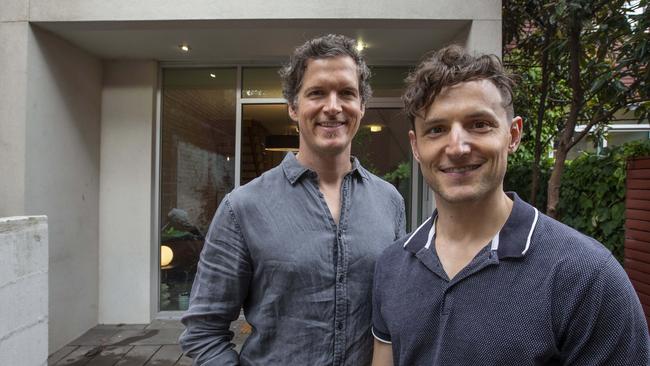Buyers find another way to enter market
Rentvesting has been around for years and is an unconventional way into home ownership. But experts think it is going to get more popular as interest rates bite.

It is the unconventional way into home ownership and experts reckon it will only get more popular as the cost of living and interest rates hit the hip pocket.
Rentvesting has been around for more than a decade and allows buyers to live at home or rent where they want while still owning property.
After a national 40 per cent rise in rental prices over the past three years, it may sound counterintuitive to stay in the competitive market. But rising interest rates have quickly eroded any relative affordability, with only one in five properties around the country cheaper to buy than rent, according to property researcher PropTrack.
Melbourne buyers agent Cate Bakos said strong yields and tax concessions could make rentvesting an attractive long-term strategy for young people.
“The philosophy behind it is put your money where it’s going to work the hardest for you and live where you want to live,” Ms Bakos said.
Analysis by mortgage brokerage Lendi found that even before the eight interest rate rises last year, six in 10 millennials aged 18 to 34 said they could no longer afford to buy a property in the area where they grew up.
National Australia Bank head of home ownership Andy Kerr said this has led to younger people becoming more creative, with a third of respondents telling the bank in a recent survey they were open to the idea of rentvesting.
“Buying a house or apartment where you can afford gets you onto the property ladder without breaking the budget, and then renting where you want to live means you can stay closer to work, friends and family,” he said.
PropTrack data shows it is cheaper to buy just 21 per cent of Australian homes than rent. In more expensive markets, NSW and Victorian are disproportionately affected, with fewer than 7 per cent of homes in those states cheaper to mortgage.
Fewer than 9 per cent of first home buyers are purchasing for investment, said Lendi chief executive David Hyman.
“This allows rentvesters the option of a lower purchase price and loan amount than they would require for a property they might live in, increasing their chance of getting approved and into the market earlier,” he said
Rentvesting is the approach Melbourne couple Luke Venturini and Conrad Crockett, both 42, used to buy their first home in inner-city Fitzroy, which they moved into over the festive period.
In 2020, they realised their savings weren’t growing quickly enough, so they bought a property in Geelong, where prices were lower and yields strong. At the same time, they lived in a “tiny” one-bedroom apartment in Northcote and continued to save.
“If we were waiting until we could have afforded to get our own place in the area that we wanted, it was going to take a lot longer,” Mr Crockett said.
Mr Venturini added: “It allowed us to have the cashflow to save for the second property while it was building equity.”
But Ms Bakos said rentvesting was not for the faint-hearted or flippant, with those committing to the strategy needing to think long-term.
“If you’re investing and it precludes you from buying your own home, at a timeframe that you’ll be wanting to do it, you might want to think twice because buying and selling in a short space of time erodes any profits,” she said.




To join the conversation, please log in. Don't have an account? Register
Join the conversation, you are commenting as Logout